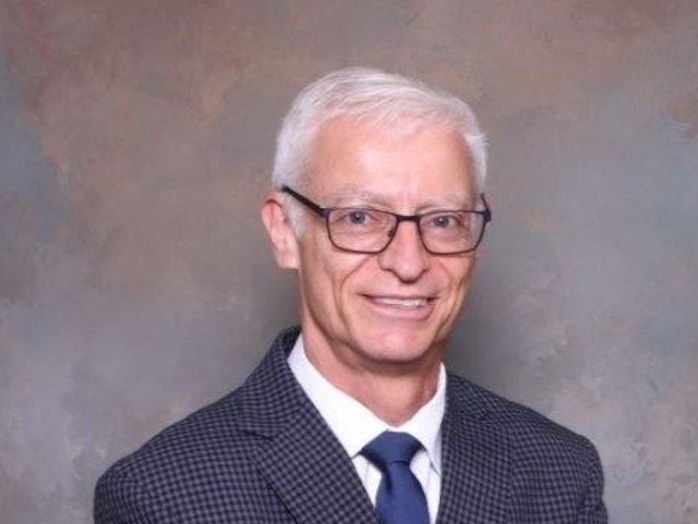
Q&A: Wärtsilä’s Mark Keneford on pathways to decarbonization
Written by Heather Ervin
Mark Keneford
[Sponsored Content] As decarbonization continues to be a hot topic in the maritime industry, we wanted to get the scoop on Wärtsilä’s plan for decarbonization.
We talked to Mark Keneford, general manager, Marine Solutions Sales, USA & Canada, recently following his panel moderation at Marine Log’s FERRIES 2021 conference in mid-November, where he discussed some of these things outlined below:
Marine Log (ML): Wärtsilä recently worked on reducing the carbon footprint for a new Canadian ferry. What can you tell us about Wärtsilä’s hybrid solution used in this project?
Mark Keneford (MK): This hybrid solution was developed by Wärtsilä in conjunction with the designer to be particularized to the route profile and meet all notational and owner driven operations requirements. It is designed to be upgraded with the simple addition of battery capacity to all-electric operations when the jetty services are provided. In the meantime the solution is designed to minimize engine operations and ensure that engines are operating at the most optimum loads when they are required.
The solution uses Wärtsilä DC bus technology with medium speed generating sets that meet IMO Tier 3. Concept development studies evaluated all alternatives against fuel consumption and emissions to ensure the system was the most optimized for the application.
ML: Green fuels have been making waves lately in the industry. What’s Wärtsilä’s position on green fuels for marine? What about biofuels?
MK: Wärtsilä’s position on green fuels is that, as we cannot predict which future fuels will be available globally, we have taken the fuel agnostic approach. This means that we develop concepts, technologies and test all future fuels under discussion. When that is ready, we know the optimum technology for each sustainable fuel.
We recommend customers invest in a fuel flexible solution, which gives them the freedom to go in many different directions.
Depending on preferences, there are two paths to decarbonize the engine:
- Liquid path where the engine is used with the Diesel cycle. Biodiesel should be used as much as possible and when green synthetic ammonia and methanol are available, the engine should be converted to use these fuels.
- The gaseous path, where bioLNG can easier be used as a drop-in-fuel compared to biodiesel. When available, green synthetic LNG and Ammonia can be introduced in gaseous form.
This is “why” we propose multi-fuel (DF) engines as the best (fuel flexible) option going forward.
ML: What do you consider to be the viable pathways to decarbonization?
MK: We see three viable pathways to decarbonization:
- Vessel efficiency in design, technologies and operations. Wärtsilä propulsion efficiency technologies and Wärtsilä Voyage solutions that optimize vessel operations
- Electrification and hybridization to leverage energy from shore, optimize engine operations and integrate alternate energy sources such as fuel cells, solar, etc.
- Future fuels with Wärtsilä multi-fuel engines that use low carbon fuel solutions today and provide the easiest pathway to utilize all emerging and future available green fuels.
ML: Let’s look at offshore. Harvey Gulf selected Wärtsilä for the first PSV hybrid retrofit in the Americas. Where are you at with this project and where do you see Wärtsilä’s place in the offshore market?
MK: We consider offshore to include offshore wind and O&G. Wärtsilä’s hybrid solution installed and in operation with Harvey Gulf demonstrates that we understand the offshore win and O&G industry Operations and that we can design and deliver hybrid solutions that optimize the propulsion system operations to reduce fuel consumption and emissions.




